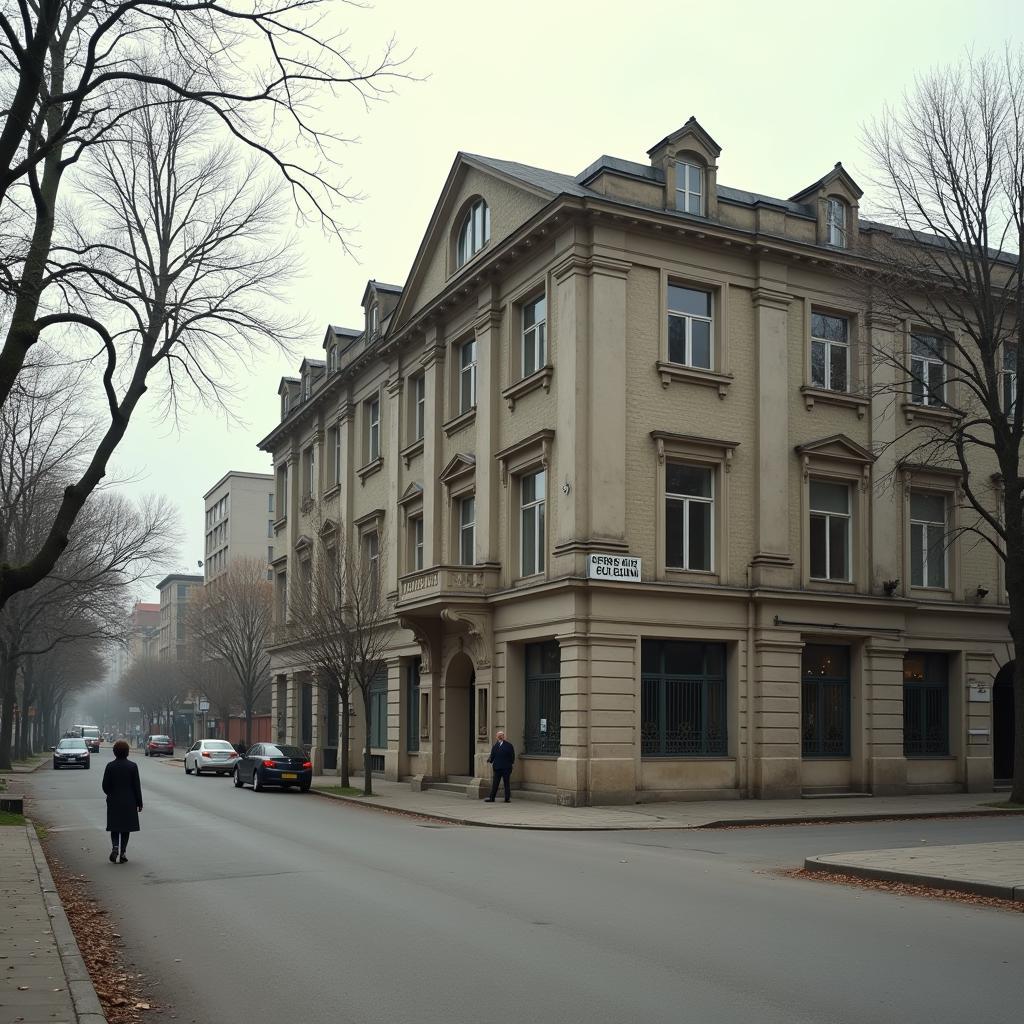Understanding African Bank Limited Curatorship
African Bank Limited Curatorship is a significant event in South Africa’s financial history. This article delves into the circumstances leading to the curatorship, its impact on the South African economy, and the subsequent recovery and restructuring of the bank. We’ll explore the key players involved, the lessons learned, and the long-term implications for the financial sector.
 African Bank Limited Curatorship in South Africa
African Bank Limited Curatorship in South Africa
The Road to Curatorship: What Happened at African Bank Limited?
Several factors contributed to African Bank’s financial distress. Aggressive lending practices, coupled with a challenging economic environment and high levels of non-performing loans, ultimately led to the bank’s near collapse. The South African Reserve Bank (SARB) stepped in to place the bank under curatorship in August 2014. This unprecedented move aimed to protect depositors and stabilize the financial system. african bank limited south africa provides more details on the bank’s presence in South Africa.
Key Factors Leading to the Crisis
- High-risk lending: African Bank focused on unsecured lending, particularly to low-income earners, which carried a higher risk of default.
- Economic downturn: The South African economy was facing headwinds, impacting borrowers’ ability to repay their loans.
- Inadequate risk management: The bank’s risk management practices were insufficient to address the inherent risks in its lending portfolio.
- Lack of diversification: The bank’s reliance on a single market segment made it vulnerable to economic shocks.
 Impact of African Bank Curatorship on the South African Economy
Impact of African Bank Curatorship on the South African Economy
The Impact of the African Bank Limited Curatorship
The curatorship of African Bank Limited sent shockwaves through the South African financial sector. Investor confidence was shaken, and concerns arose about the stability of other financial institutions. The SARB’s intervention, however, prevented a systemic crisis. The curatorship process involved restructuring the bank, separating its “good” and “bad” assets, and eventually relisting it on the Johannesburg Stock Exchange (JSE).
The SARB’s Intervention and its Implications
The SARB’s decisive action demonstrated its commitment to safeguarding the financial system. The curatorship process, while disruptive, provided a framework for resolving the crisis and protecting depositors’ funds.
“The curatorship was a necessary step to prevent a wider financial crisis,” says Dr. Nomusa Khumalo, a prominent economist specializing in financial regulation. “The SARB’s intervention, while drastic, was crucial for maintaining stability.”
 African Bank Restructuring and Recovery
African Bank Restructuring and Recovery
African Bank’s Recovery and Restructuring
The restructuring of African Bank involved a complex process of separating the “good bank” (Goodwell Bank) from the “bad bank” (Residual Bank). Goodwell Bank, with a cleaner balance sheet, was recapitalized and eventually relisted on the JSE. The Residual Bank managed the remaining non-performing loans.
Lessons Learned from the African Bank Crisis
The African Bank curatorship provided valuable lessons for the South African financial sector. The importance of prudent lending practices, robust risk management, and diversification became evident. african bank limited south africa offers further insights into the bank’s restructuring process. The crisis also highlighted the need for effective regulation and supervision.
“The African Bank experience underscored the critical role of responsible lending and sound risk management,” adds Mr. Sipho Mthembu, a financial analyst with extensive experience in the banking sector. “It served as a wake-up call for the entire industry.”
Conclusion: The Future of African Bank and the South African Financial Landscape
The African Bank Limited curatorship was a watershed moment in South African financial history. The bank’s recovery and restructuring demonstrate the resilience of the financial system and the effectiveness of regulatory intervention. While the crisis had significant short-term impacts, it also led to important reforms and strengthened the long-term stability of the sector. The African Bank limited curatorship serves as a reminder of the importance of responsible lending and robust risk management.
FAQ
- What is a bank curatorship?
- Why was African Bank placed under curatorship?
- What happened to depositors’ money during the curatorship?
- What is the current status of African Bank?
- What lessons were learned from the African Bank curatorship?
- How did the curatorship affect the South African economy?
- What measures were taken to prevent future similar crises?
Scenarios
- Scenario 1: A customer wants to know if their deposits are safe.
- Scenario 2: An investor is interested in learning about African Bank’s current financial performance.
- Scenario 3: A student is researching the causes of the African Bank crisis.
Further Reading
- Explore other articles on our website related to South African banking and financial regulation.
- Learn more about the South African Reserve Bank’s role in maintaining financial stability.
Need support? Contact us 24/7: Phone: +255768904061, Email: kaka.mag@gmail.com, or visit us at Mbarali DC Mawindi, Kangaga, Tanzania.
